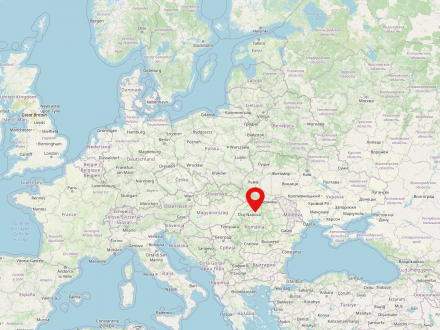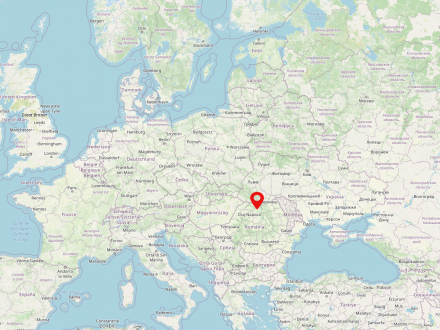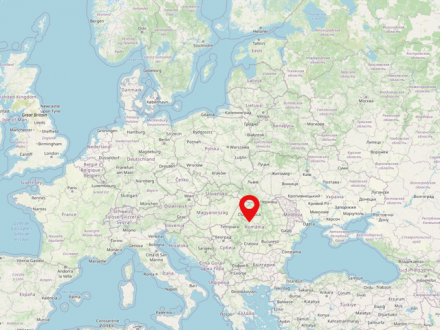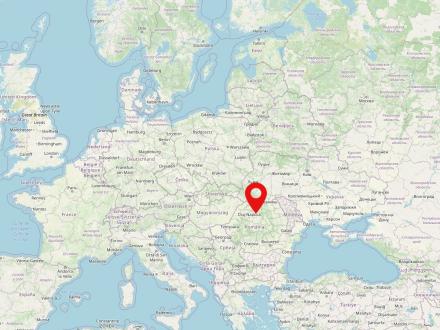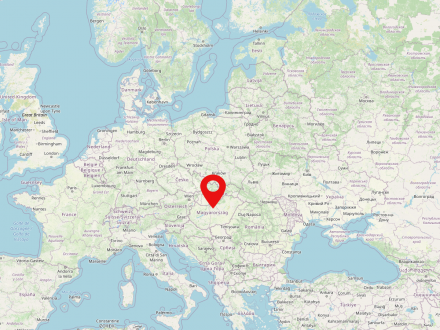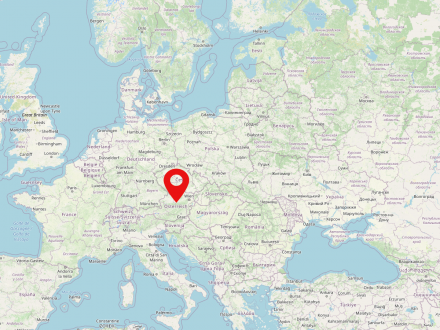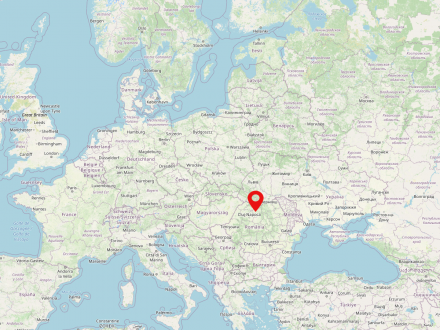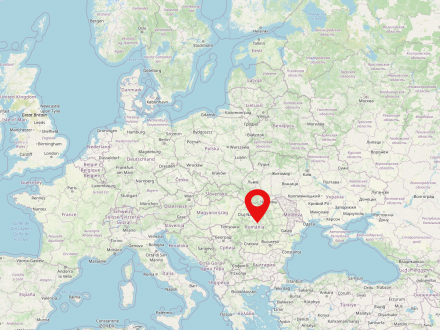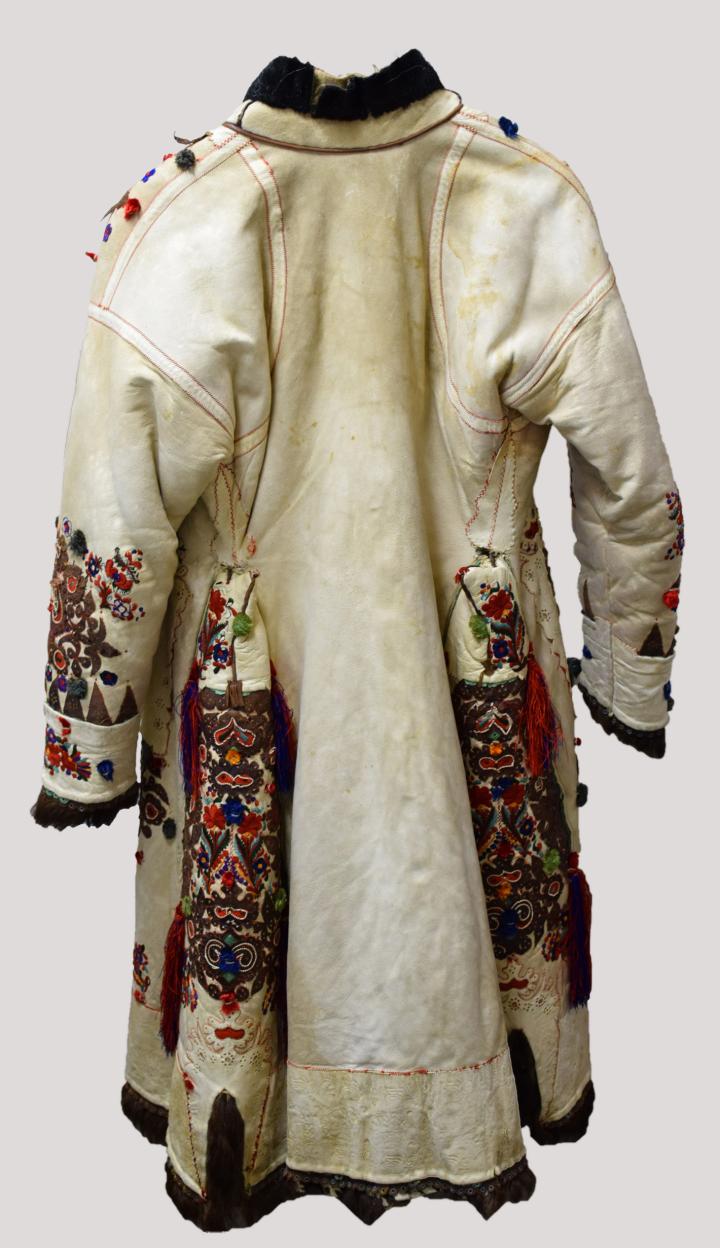Arcalia (German Kallesdorf) is a small village in Romania. It belongs to Bistriţa-Năsăud County in Transylvania.
Bistrița (German: Bistritz) is a Romanian city in Bistrița-Năsăud County, a part of Transylvania. About 75,000 people live in the city. The town' s old German name was Nösen.
Transylvania is a historical landscape in modern Romania. It is situated in the center of the country and is populated by about 6.8 million people. The major city of Transylvania is Cluj-Napoca. German-speaking minorities used to live in Transylvania.
Sărățel is a village in Transsylvania and today belongs to the municipality Șieu-Măgheruș in the district Bistrița-Năsăud.
Hungary is a country in Central Europe, whose capital is Budapest. The country is home to about 10 million people and was part of the so-called Habsburg Empire for several centuries. Hungary has been a member of the European Union since 01.05.2004. The Danube is the largest river in the country.
Austria is a country in Central Europe populated by about 8.9 million people. The capital of the country is Vienna.
Beclean (German: Bethlen) is a small town in northern Romania populated by just under 10,000 people. The town is situated in the Transylvanian county of Bistrița-Năsăud, about 500 km northwest of the Romanian capital, Bucharest.
Romania is a country in southeastern Europe with a population of almost 20 million people. The capital of the country is Bucharest. The state is situated directly on the Black Sea, the Carpathian Mountains and borders Bulgaria, Serbia, Hungary, Ukraine and Moldova. Romania was established in 1859 from the merger of Moldova and Wallachia. Romania is home to Transylvania, the central region for the German minority there.




